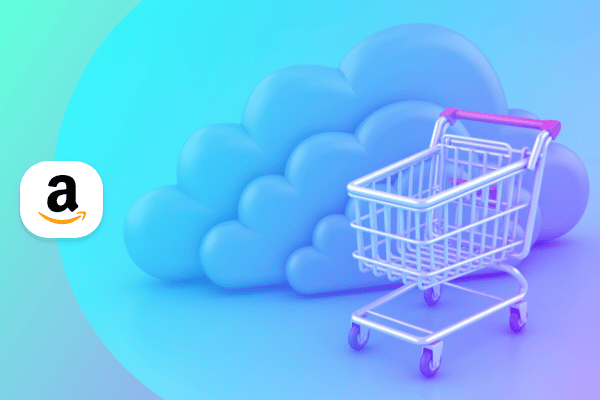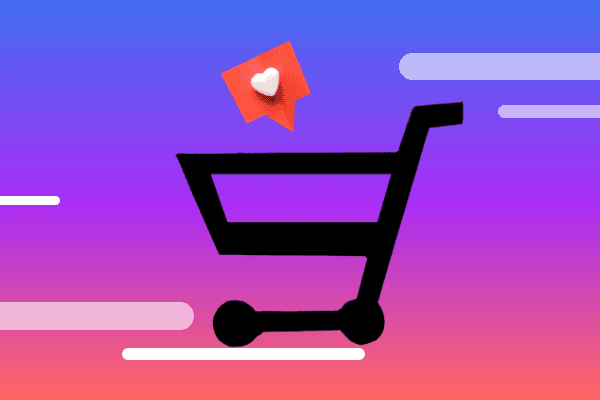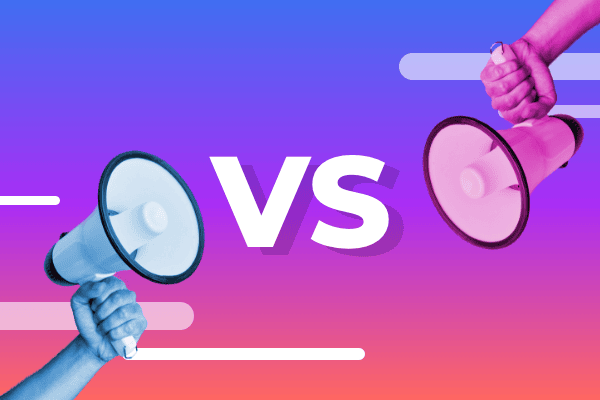Summary
Instagram has evolved into a full-scale social commerce platform, making it a key player for retail marketers. Learn everything you need to know about social commerce on Instagram—from in-app checkout and product tagging across content formats to powerful integrations with partners like Amazon. Retailers using Skai can unify their Instagram advertising strategy to optimize real performance metrics across Reels, Stories, and Shops, all within a seamless, conversion-driven environment.
Social commerce isn’t a trend. It’s a shift. And while Meta owns both Facebook and Instagram, they play very different roles—which means marketers need to treat them as distinct opportunities.
Instagram sets the tone more than it sets the scale. It’s where culture crystallizes, inspiration strikes, and increasingly, action follows.
What used to be about following friends and creators is now a place to browse, discover, and buy. Not just later—right then and there. If Instagram is still sitting in your awareness-only bucket, it’s time for a serious relook.
This isn’t a top-of-funnel platform anymore. It’s a full shopping experience, embedded in the scroll.
Instagram’s commerce stack: built to embed, not interrupt
If you haven’t looked at Instagram’s shopping ecosystem recently, it’s time to get reacquainted. This isn’t a bolt-on to the platform. It’s baked in.
Instagram Shops let brands create fully shoppable storefronts within their profiles. And integrations like Shopify make setup seamless for DTC and midmarket brands looking to simplify the backend.
Product tagging is available across Feed, Stories, Reels, and Live—turning almost any piece of content into a conversion point. Eligible sellers can enable checkout directly inside the app, removing redirect friction entirely.
Brands also have access to the Product Drops feature, which builds hype around limited releases by letting users set reminders and get alerts when an item goes live. It’s a smart tool for seasonal collections or influencer collabs that rely on moment-based demand.
Creators haven’t been left behind. Affiliate tagging and Creator Shops open up revenue paths and give brands more distribution through trusted voices. Instagram also runs an affiliate program that gives smaller creators easy access to commissionable links without needing a full brand deal.
Reels, in particular, have become a powerful commerce format—with product tags, integrated performance tracking, and even template libraries to make shoppable content creation easier and faster.
And then there’s the Amazon Buy Button. The 2023 Meta x Amazon partnership means users can purchase Amazon products directly from Instagram using their saved Amazon login and payment info. No redirects. No new tabs. Just scroll, tap, buy. According to Meta’s press release, “Our partnership with Amazon is designed to make shopping more convenient for people and drive better results for advertisers.”
Strategic moves that signal momentum
Meta says 29% of people have already made a purchase directly on Instagram. And while Gen Z gets most of the attention, it’s actually Millennials driving the bulk of social shopping activity right now on both Instagram and Facebook. These are your core CPG and retail audiences.
Fashion and beauty are obvious fits. But categories like home, wellness, and even value retail are seeing traction too. Remember the $25 “Walmart Hermes” bag that went viral last holiday season? It didn’t trend because of search or shopper marketing. It blew up on social—and Instagram was right there in the mix.
Meta’s recent product and partnership decisions show that Instagram isn’t just commerce-capable—it’s commerce-committed.
The Amazon checkout integration brought tens of thousands of SKUs into Instagram’s native ecosystem, and significantly cut friction at the point of purchase. According to PYMNTS, users in the U.S. can now see real-time pricing, Prime eligibility, delivery estimates, and product details on select Amazon ads within Instagram. A Meta spokesperson noted, “This is about simplifying the shopping experience—keeping users in flow while helping brands drive actual transactions.”
The Linktree x Target collaboration helps creators monetize product recommendations and send traffic to PDPs without convoluted flows. In their announcement, Linktree shared: “This is a major unlock for creator commerce, where authenticity meets intent. And Target’s catalog gives creators the depth they need to curate with confidence.”
Meanwhile, the Walmart Creator Network is already running retail campaigns through influencer content on Instagram—connecting creators directly to product listings and commission. Walmart’s SVP of Brand Marketing, William White, said, “This platform puts the power in creators’ hands to drive commerce in a way that’s flexible, scalable, and directly tied to retail results.”
Instagram’s Collabs feature lets brands and creators co-author posts, driving awareness and conversion across both audiences in a single moment.
Live Shopping may be quieter these days, but the tools are still available—just not being emphasized. For now, Instagram appears more focused on scaling what’s working: Reels, affiliate commerce, and seamless integrations. The appetite for live selling is bigger in Asia, but U.S. brands should keep an eye out for a second wave when the time is right.
What’s next: dynamic experiences, smarter storefronts, and seamless journeys
Instagram’s roadmap is pointed directly at performance. Expect Shops to evolve into AI-personalized storefronts, adapting product layouts and recommendations based on user behavior.
Affiliate tools for creators will improve—with more transparent attribution and flexible monetization. Reels will continue to lead in format innovation, with interactive product carousels, embedded CTAs, and deeper commerce hooks.
And if the Amazon model works? It opens the door for additional marketplace partners—extending reach without fragmenting experience.
Meta Verified for Business is also in the works, and while still in early rollout, could play a role in building trust across shoppable content and brand storefronts.
AR commerce may feel quiet right now, but don’t count it out. The tools exist. The question is when Instagram chooses to light them up for real use cases.
Advertising: designed for commerce, not just content
None of this works without demand. That’s where Instagram’s ad stack shines.
Meta’s Advantage+ Shopping Campaigns are now available for Instagram placements, using machine learning to optimize creative and targeting in real time. Early results show higher conversion rates and lower cost-per-action. These campaigns don’t just collapse the funnel—they remove the guesswork.
Instagram also supports Shoppable Ads across Feed, Stories, and Reels, allowing users to browse, tap, and purchase directly from the ad unit. According to Meta, over 60% of users say they discover new products through Instagram ads.
Collaborative Ads (also known as Partnership Ads) let brands promote products sold through a retailer or partner, combining organic reach with performance scale. This format is especially valuable in CPG and retail, where brand equity lives upstream but purchase behavior happens downstream.
Measurement: closing the loop across retail and social
What makes Instagram valuable for retail media isn’t just the shoppability—it’s the visibility. Meta is investing heavily in measurement tools, attribution models, and clean room integrations that allow marketers to track performance with more precision.
The more Meta owns—from storefront to checkout—the more signal Instagram can return to advertisers. That means less reliance on modeled data and more clarity on what’s actually driving conversions.
And because Skai connects Instagram performance to broader commerce metrics, marketers can finally compare how social commerce stacks up against RMNs and other retail channels in a unified view.
Skai helps brands bring it all together
With Skai, marketers can run Reels, Stories, Feed, and Shop ads in one place. You can optimize based on actual performance—whether that’s conversion lift, ROAS, or attributed sales. You can A/B test what’s working, automate bidding and budgeting, and connect your social efforts back to the rest of your retail media investments.
If you’re serious about retail performance, Instagram isn’t optional. It’s already converting. You just have to activate it.







